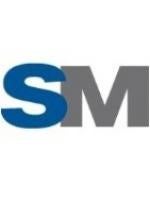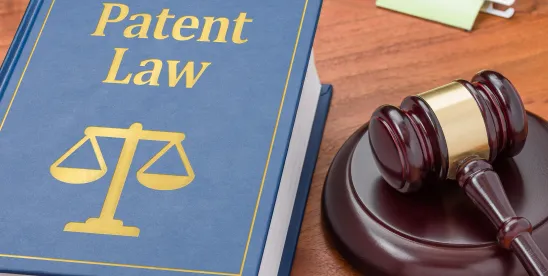In Restem, LLC v. Jadi Cell, LLC, No. 2023-2054 (Fed. Cir. Mar. 13, 2025), the Federal Circuit upheld the Patent Trial and Appeal Board’s decision holding that U.S. Patent No. 9,803,176 (“the ’176 patent”) was not inherently anticipated by a prior art process, because the prior art process did not inevitably result in the claimed cell marker expression profile.
Background
The ’176 patent is directed to stem cells with specific cell markers obtained from the subepithelial layer of mammalian umbilical cord tissue. The independent claim at issue was drafted as a product-by-process claim that prepares an “isolated cell” with two steps: (1) placing the SL in direct contact with a tissue culture growth substrate and (2) culturing the SL. The claim also requires that the isolated cell express certain cell markers and not express other cell markers (“non-expression limitations”).
Restem challenged the claims as inherently anticipated by a prior art reference, Majore, but the Board disagreed, finding that Restem did not prove that Majore inherently met the non-expression limitations.
On appeal, Restem challenged the finding that Majore did not inherently anticipate the ’176 patent arguing that because Majore disclosed the process steps of the claim at issue, it inherently disclosed any product made by that process. Restem also challenged the claim constructions of the “placing” step and “isolated cell” arguing that the Board implicitly construed the terms beyond its stated constructions.
Issues
- Whether the PTAB errored in holding the claims were not inherently anticipated; and
- Whether the Board’s construction of the “placing” step and the term “isolated cell” was proper.
Holdings
- The Federal Circuit upheld the Board’s decision that Majore did not inherently anticipate the ’176 patent because Restem did not prove that Majore’s process would inevitably result in cells with the claimed cell marker expression.
- The Federal Circuit held that the Board construed the “placing” step properly and that the Board did not implicitly construe the claims beyond the stated construction; rather, the Board made factual findings that supported its anticipation analysis.
- The Federal Circuit held that the Board construed “isolated cell” properly, although contrary to an express definition in the specification, because the applicant narrowed the claims’ scope during prosecution.
Reasoning
Although Majore disclosed the ’176 patent’s process steps, the Court held the claims were not inherently anticipated because Restem did not provide evidence showing the cells produced by Majore’s process would inevitably have the claimed marker profile. Restem argued that inherency is automatic for product-by-process claims once the process steps are met, but the Court stated this conflates anticipation and infringement analyses. In determining the validity of product-by-process claims, “the focus is on the product and not on the process of making it.” By contrast, in determining infringement, “the focus is on the process of making the product as much as it is on the product itself.” Because substantial evidence supported the Board’s finding that cells produced by Majore’s process would not necessarily have the claimed cell marker expression, the Court upheld the Board’s decision.
The Court also upheld the Board’s construction of the “placing” step to mean “to intentionally place umbilical cord tissue comprising the subepithelial layer so that it touches a growth substrate to permit cell culture.” Although the Board declined to import additional limitations from the specification, the Board stated “Majore’s process differs from at least the interior-down embodiment disclosed in the ’176 patent.” While Restem argued the Board implicitly added this limitation to its construction, the Court held that the Board did not do so but instead made a factual finding to support its inherency analysis that Majore’s process steps do not necessarily produce cells with the claimed cell marker expression.
While an express definition for “isolated cell” existed in the specification (“[a]s used herein, the term ‘isolated cell’ refers to a cell that has been isolated from the subepithelial layer of a mammalian umbilical cord”), the Court agreed that the Board implicitly construed “isolated cell” as “cell population.” Although this implicit construction was contrary to express lexicography, the Court held the Board did not err because both parties’ experts agreed cell marker analysis was performed at a cell population level at the time of the invention and that throughout prosecution, it was clear that the examiner allowed the patentee to claim only a cell population.
Conclusion
For product-by-process claims, prior art does not inherently anticipate claims when the claimed process is taught in the prior art; the patent challenger must additionally prove that the process in the prior art inevitably results in the claimed product. Also, a court can cite to limitations in the specification to show that a prior art process does not necessarily result in the claimed product even without construing the claims to contain those limitations. Lastly, an express definition of a claim term does not always govern construction, for example, statements in the prosecution history may govern if they show that the applicant narrowed the claims relative to the definition.



 />i
/>i

